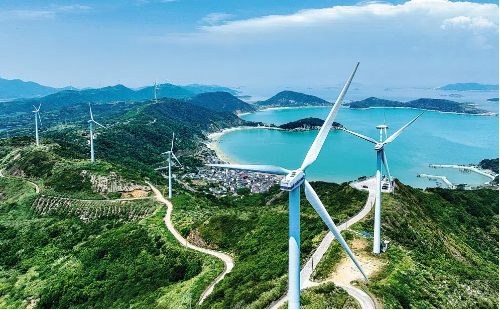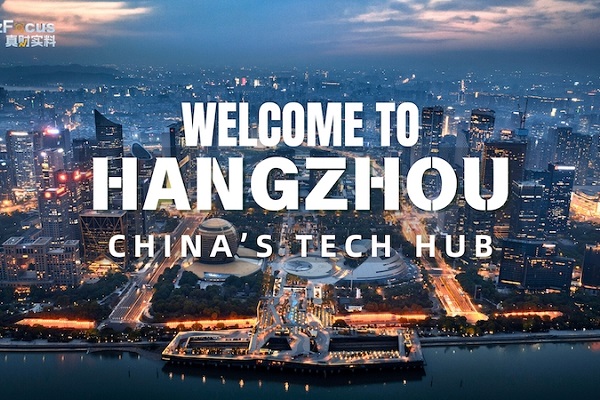Zhejiang updates environmental access guidelines

A wind farm generates power for grids in Zhoushan, Zhejiang province. [Photo by Yao Feng for China Daily]
The Department of Ecology and Environment of Zhejiang Province held a news conference on March 3 to address the recent revisions to 15 environmental access guidelines, highlighting their significance in modernizing industrial environmental standards.
Since 2009, Zhejiang has issued guidelines for 13 industries, including pharmaceutical chemicals, wastepaper recycling, printing and dyeing, electroplating, pesticides, pig farming, cogeneration, dyes, beer, polyester, spandex, leather tanning, and yellow rice wine brewing. In 2016, the province revised these guidelines and added waste incineration and coal-fired power generation.
While these regulations have played a crucial role in guiding environmental impact assessments, improving oversight, and strengthening pollution control at the source, evolving ecological policies and stricter pollution control measures necessitated an update.
Key revisions include enhanced requirements for greenhouse gas emissions, new pollutant control measures, and stricter total emissions management. The updated waste incineration guidelines, for instance, now incorporate soil and groundwater pollution prevention, noise control measures, and new risk management protocols.
The revisions also clarify industry-specific location requirements, ensuring project sites align with land use and ecological zoning plans. For most industries, new or expanded projects must be located within designated industrial parks to meet environmental impact assessment standards.
Additionally, the updated guidelines emphasize cleaner production, advanced technologies, and energy-efficient equipment. Pollution control measures now include stricter regulations on wastewater, air emissions, soil and groundwater protection, solid waste disposal, and noise reduction.
To mitigate environmental risks, businesses must establish comprehensive risk prevention systems, prepare emergency response plans, and construct accident wastewater containment facilities to prevent uncontrolled discharges.
The new guidelines also strengthen commitments to reducing greenhouse gas emissions. Industries such as coal-fired power, cogeneration, wastepaper recycling, dyeing, pesticides, polyester, and spandex must meet stricter emissions targets, while coal consumption in power generation will face tighter restrictions.
-
Xixi Wetland invites visitors to Huazhao Festival
March 25, 2025
-
Hangzhou sets standard for concert hosting
March 19, 2025
-
What is making Hangzhou the new tech powerhouse of China?
March 10, 2025
-
Inside Hangzhou: China's high-tech dream factory
March 12, 2025



